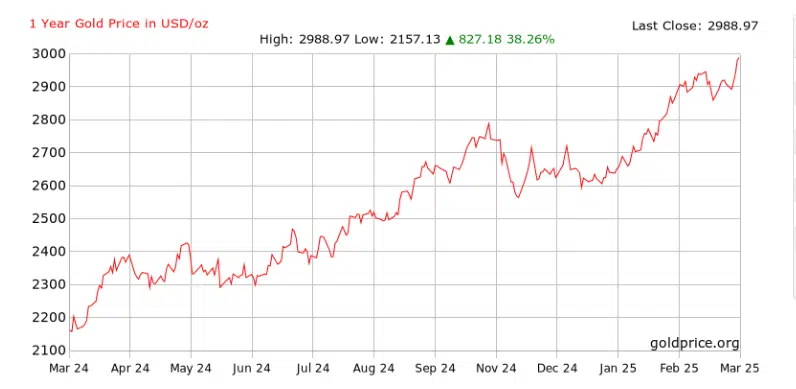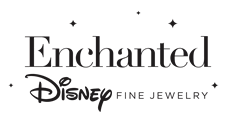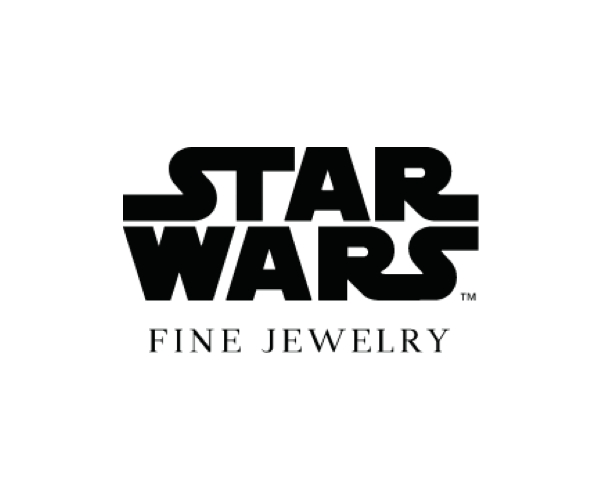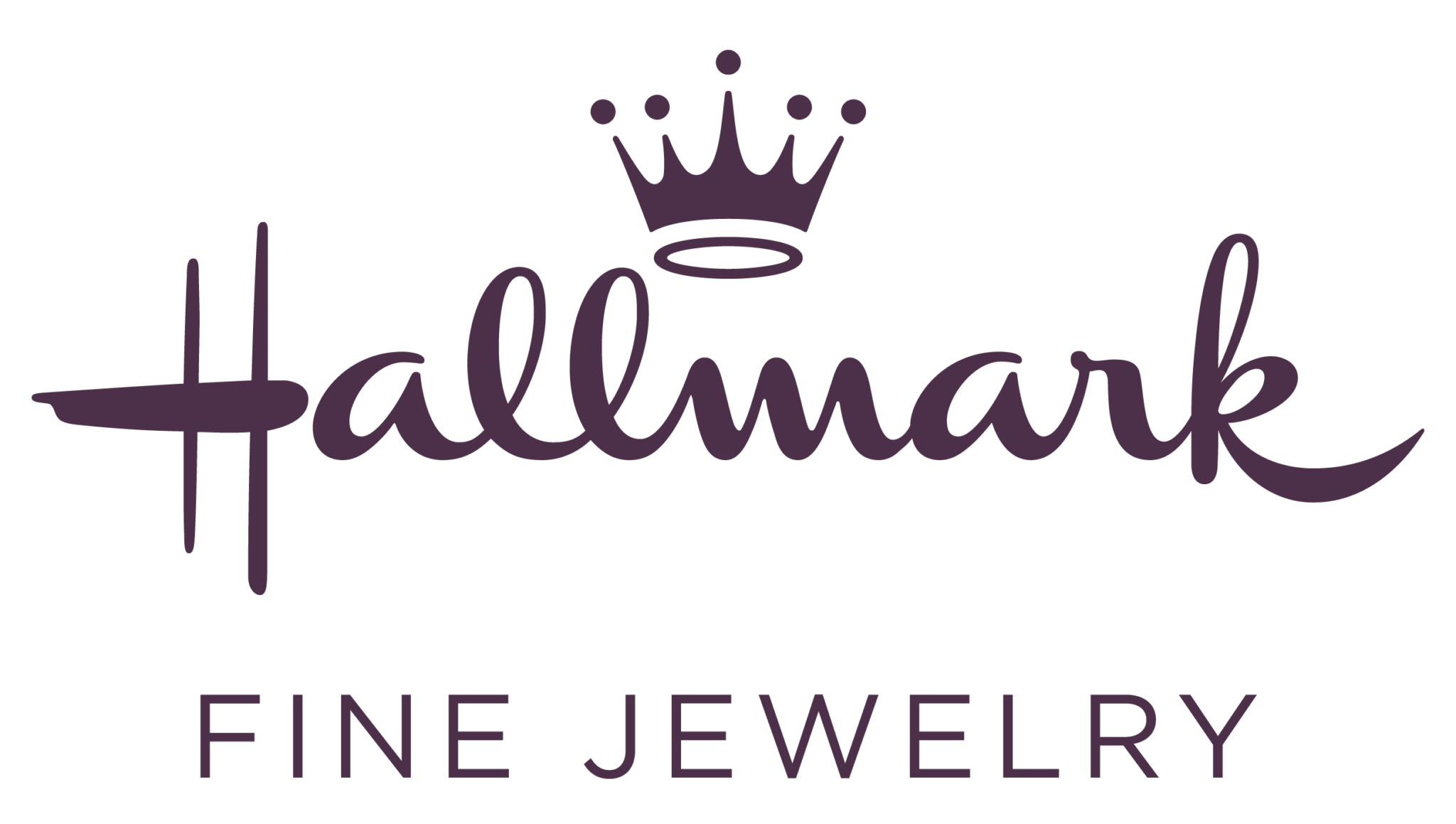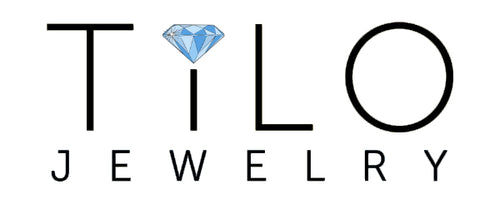Valigara has offered a live feed of gold and precious metal prices for many years. This feature was historically rarely used, as most clients relied on fixed pricing and updated their prices manually—sometimes only once per quarter or less frequently.
However, over the past year, this has changed dramatically. With the sharp rise in gold prices, a once-overlooked feature has become essential. As gold prices have surged by more than 50%, incorporating real-time gold pricing into jewelry pricing has become critical, particularly for gold jewelry such as necklaces, gold-plated chains, and similar products. Today, bi-weekly jewelry price updates have become normal to reflect these fluctuations.
Our observations on this:
- for jewelry eCommerce, updates more frequently than biweekly are less effective. Buyers keep jewelry in the cart while making decisions, and are quite reluctant to find a different price to what they remember
- Cost-based pricing updates are best while considering the best practices of psychological pricing. Keeping your final price in the proper B2C format (the last digit, the proper price range, rounding the price) is still relevant and worth the 1-2% update in the price.
- In some countries, changes in gold prices and other metals come together with additional changes, such as tariffs, customs, taxes, etc. Rmember these while making the changes in your pricing formulas.
- Rethink your purchasing strategy. For most jewelry companies, more than 60% of jewelry is overstocked or understocked due to manual processing and lack of planning. More precise ordering reduces the risk related to gold price volatility.
Gold and precious metals price volatility highlights the importance of a robust data management system. Businesses equipped with such tools can maintain profitability and quickly adapt to market challenges, ensuring they stay competitive in a rapidly changing environment.


